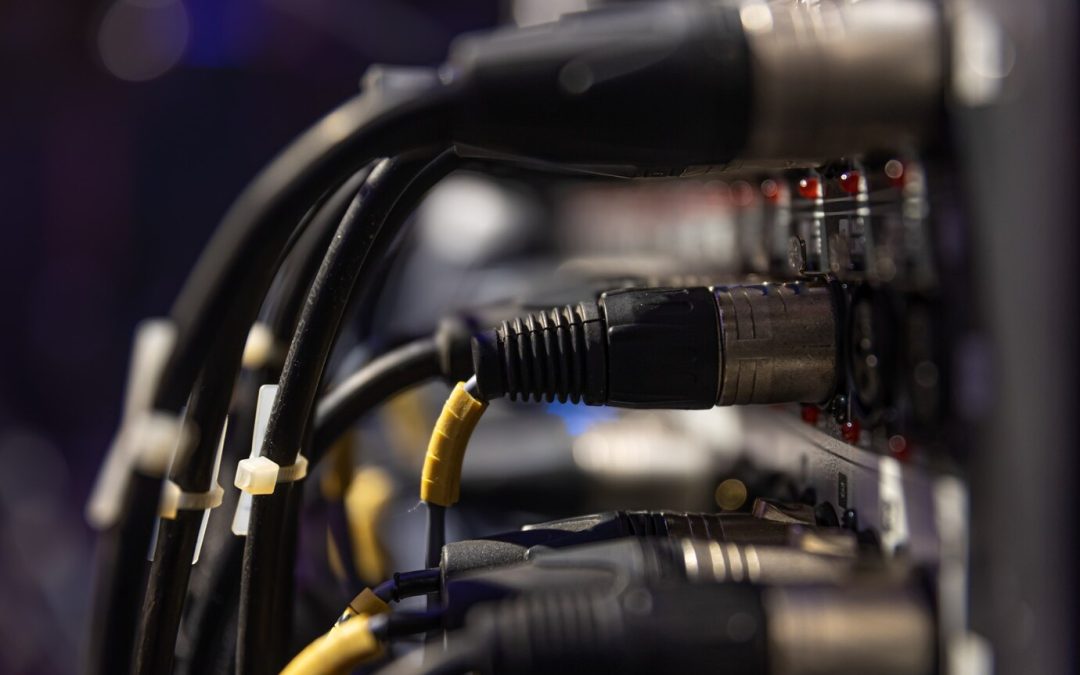Sustainability has now made its way into the arenas of business and companies, irrespective of sector. Technology is also advancing, and so do solutions for energy efficiency, especially in IT infrastructure. An important way to manage most of the modern IT world is through network components that interconnect and manage data; hence, energy-efficient network components would go a long way in promoting a greener, sustainable environment because they help to reduce energy consumption, lower costs, and cut the overall environmental impact of IT operations.
How do energy-efficient network components contribute to sustainable IT infrastructure?
1.Reducing energy consumption
These important traditional components of a network like a router, switches, and servers typically have very high electricity consumption. The growth of businesses implements growth in their IT infrastructure, which means more energy consumption.
This increase in energy consumption makes it not just high operational costs, but also a very large carbon footprint. Network components like routers, energy-efficient switches, and energy-efficient routers are designed to spend less but perform better.
As an example of this, some network components take the power-saving states during the low activities. Such examples of energy conservation in operation include automatically changing power use according to the demand of traffic by low-power Ethernet switches and energy-efficient routers.
Charitable corporations spent a lot on energy-efficient devices as compared with what they would have spent on traditional devices. Their buildings may save energy and reduce costs in electricity consumption. This leads to a more sustainable IT infrastructure for connecting.
2. Carbon Footprint Reduction
The footprint of carbons in an organization is directly linked to the consumption of energy, especially when that energy source is non-renewable. By using Network components, energy efficiently installed in a harnessing company will cut down on the carbon footprint of its IT operations. These components are usually manufactured not to cut down on energy usage but to provide good performance, leading to a few carbon emissions.
An example of this is having an energy-efficient network component while it consumes less power; it generates less heat thereby reducing the cooling demands of the data centers. Electrical energy demand is significantly reduced by less cooling demands.
By introducing energy-efficient network components, companies are contributing their quotas to the battle against higher levels of greenhouse gas emissions that are being emitted into the atmosphere around the world.
3. Cost Efficiency
These economic advantages basically say that sustainability is not merely an environmental factor. The initial investment costs for energy-efficient networks may be high but eventually contribute to substantial savings. Energy is consumed, and the resulting electricity bill reduces maintenance costs.
An example of energy savings is when the switch or router generates less heat; cooling systems will work less. This would save costs from maintaining these systems. Less work done by utilities in chilling air may generate a return if the building systems are eventually sold.
Also, implemented energy-efficient technologies by organizations benefit from federal incentive programs and tax credits to further cut down initial investment costs on these technologies.
4. Helping the Integration of Renewable Energy
Energy-efficient switches, routers, and other devices within the network are key enablers for the increased utilization of renewable energy by organizations. This move to renewables, which could either be solar or wind, further optimizes energy consumption, especially as the use of an energy-saving device lowers the watts consumed, thus allowing for production maximization with the use of renewable energy sources.
In many cases, data centers also serve power to the network infrastructure from which renewable energy can be harnessed. Thus, energy-efficient parts would now allow the organization to have a cleaner source of energy to meet its energy needs, thus reducing dependence on fossil fuels and other nonrenewable sources of energy.
5. Lifespan Expansion for Equipment
Energy-efficient network components not only enable the consumption of less power compared to traditional counterparts, but also increase the lifespan of IT equipment. For example, devices with less power consumption will also generate lower heats, which reduces wear and tear of internal components and delays the time for costly repairs or replacements, thus being environmentally and economically sustainable.
By extending the life of network equipment, this would decrease e-waste, becoming a concern in the world at this time-the more devices last, the fewer devices will have to be manufactured and disposed of, thus, less environmental impact due to the overall usage of IT infrastructure.
Conclusion
To summarize, energy-conserving network components are essential constituents of an all-sustainable IT infrastructure. They help in reducing energy consumption and carbon footprints and in saving costs, offering renewable energy integration, and extending the life of appliances. Usage of such energy-efficient technologies can help businesses achieve a greener, cost-effective IT system while contributing to environmental conservation. Sustainability is already becoming one of the primary focuses for companies around the world, and energy-efficient network components will be an essential driver toward increasingly sustainable, green IT infrastructure.











